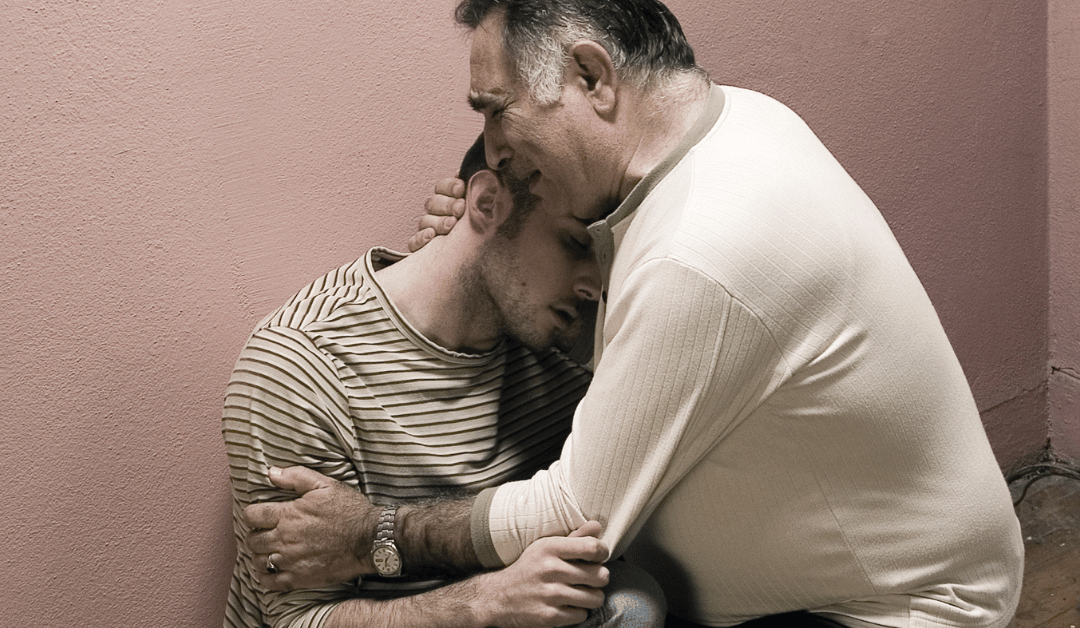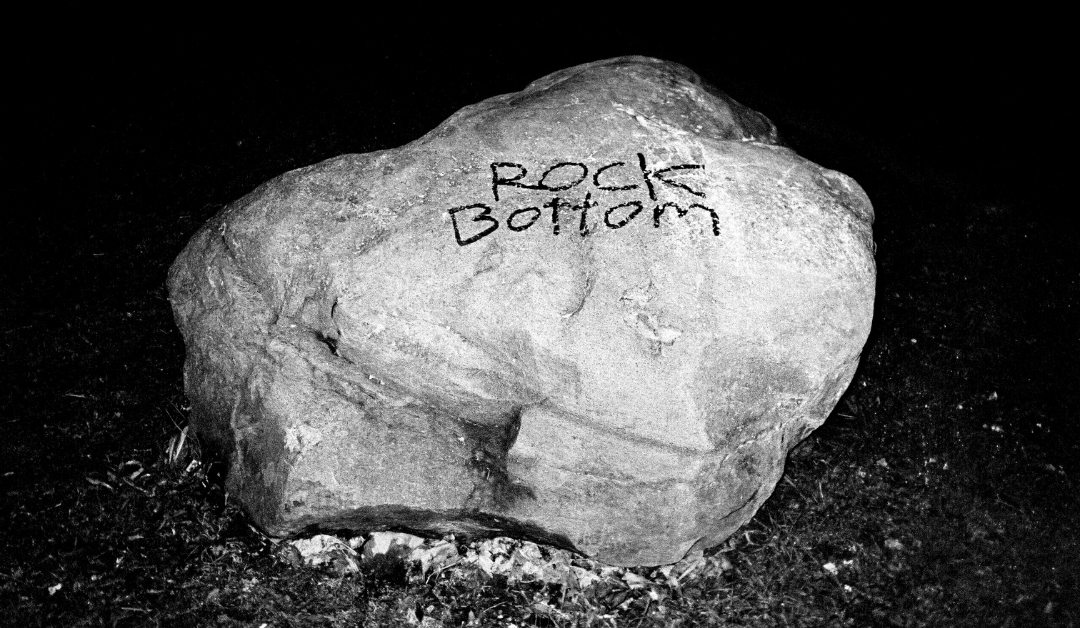
We Know Several Things That Support Addiction Recovery, and Yet Treatment Centers Rarely Do Them
I do what I do because we have known several things that support addiction recovery for decades. Things like cognitive behavioral therapy and positive reinforcement, medically assisted treatment, harm reduction, and whole family support.
All of these things significantly improve outcomes, and yet very few treatment programs implement these evidence-based strategies.
And few people are aware of the senseless barriers that stand in the way of people struggling with a substance use disorder getting effective treatment
Quite the contrary. Many family members are under the impression that if their loved one goes to treatment, they will be getting some kind of standards-based treatment, especially given how expensive treatment is.
They assume that treatment centers must be regulated just like the rest of medicine is.
They assume their loved ones are being treated by people who are professionally trained according to some kind of regulatory standard.
They assume if their loved one relapses and returns to treatment, the treatment center will try a different approach.
And finally, many family members are under the impression that once their loved one spends 30 days in rehab, they’ll be fine.
But NONE of that is true.
In fact, we don’t have a health care system that even makes the full implementation of the elements that support addiction recovery possible. Without insurance or a just plain a lot of money, health care of any kind is difficult to access in the US.
But addiction care is also siloed from the rest of medicine and is either not regulated at all, or regulated by accrediting bodies who get paid by accrediting treatment programs, which is a clear conflict of interest.
People are rarely evaluated when entering treatment – despite the fact that clear and widely recognized addiction evaluation criteria exist. And Most treatment programs don’t have full-time doctors or therapists on staff. Most of the treatment in these programs is offered by people whose only qualification is that they have recovered from a substance use disorder themselves.
And very few treatment programs offer support for co-occurring mental disorders, which almost 50% of people with a substance use disorder have, and failure to also treat the co-occurring mental disorder almost invariably results in relapse.
On top of that, laws that came out of the war on drugs – laws that deny any one known to be abusing substances all kinds of things like housing, food benefits, and nursing care just to name a few – these laws confront medical workers with a catch 22. If they ask someone about potential substance use problems in the hopes of connecting them with care and treatment, and frankly just providing them much more holistic care, they also place that person at risk of losing many of the supports they need to live if that person answers yes.
Medical schools often don’t cover addiction medicine and fewer than 1 percent of people studying medicine go into addiction medicine.
Why? Because the funding they need to practice is not there like it is for other specialties, and many federal, state, and local laws make providing a full-range of addiction care services, including harm-reduction services like needle exchanges and safe consumption sites, impossible.
Furthermore, if you’ve watched my free video series, the Family Guide to the 5 Actions Required for Substance Abuse Recovery, if someone is even lucky enough to be able to access treatment, you know that the brain of an addicted person takes a year or more to fully heal. So 30 days of treatment is nowhere near sufficient.
And the after care plan that many clients completing treatment are provided is simply to go to 12 step meetings and get a sponsor, with no regard to whether or not 12 Step Recovery is the right kind of support for the person. And it very well may not be, particularly given the stance many in 12-Step recovery take against medically assisted treatment – treatment which the research unequivocally shows saves lives.
Many people struggling with a substance use disorder end up incarcerated. But despite the fact that prisons and jails are legally required to provide medical care to inmates, almost none actually provide substance abuse treatment. Even though, the data from from the few that do show that providing addiction treatment improves outcomes and reduces recidivism.
Recovery is not easy and it takes time. The 5 Actions Required for Substance Abuse Recovery that I talk about in my free video series can’t be completed in 30 days. People recovering from a substance use disorder require ongoing support. Outside of 12 Step recovery groups – which as I’ve just explained are not the right fit for everyone – in today’s addiction care environment, they will struggle to get it.
For example, sober housing, which is one important form of continued support beyond treatment, is even less regulated than actual treatment centers. The numbers of sober housing providers that have essentially become cash cows profiting off of providing the housing, but almost no structure, boundaries, or recovery support, making more and more money as their residents relapse, return to treatment and then come back to sober housing, is beyond shocking.
And then finally, very few treatment programs offer any meaningful family support, even though whole family support has been shown to improve outcomes, and can stop generational cycles of addiction or other types of mental disorders and dysfunction. For families, too, their main option for effective support and their own healing is 12 Step family recovery.
If all of this sounds insane, it’s because it absolutely is.
And that is another reason why I do what I do. All of these failures also mean that culturally we are horribly misinformed. And with the advent of social platforms, this misinformation spreads very easily.
So I’m trying to spread more accurate information. And provide families with the education and effective support they need to address a loved one’s substance abuse, to positively influence the use as much as reasonably possible, and to do the work to heal from the trauma of their loved one’s use, and even generational cycles of addiction or other dysfunction.








